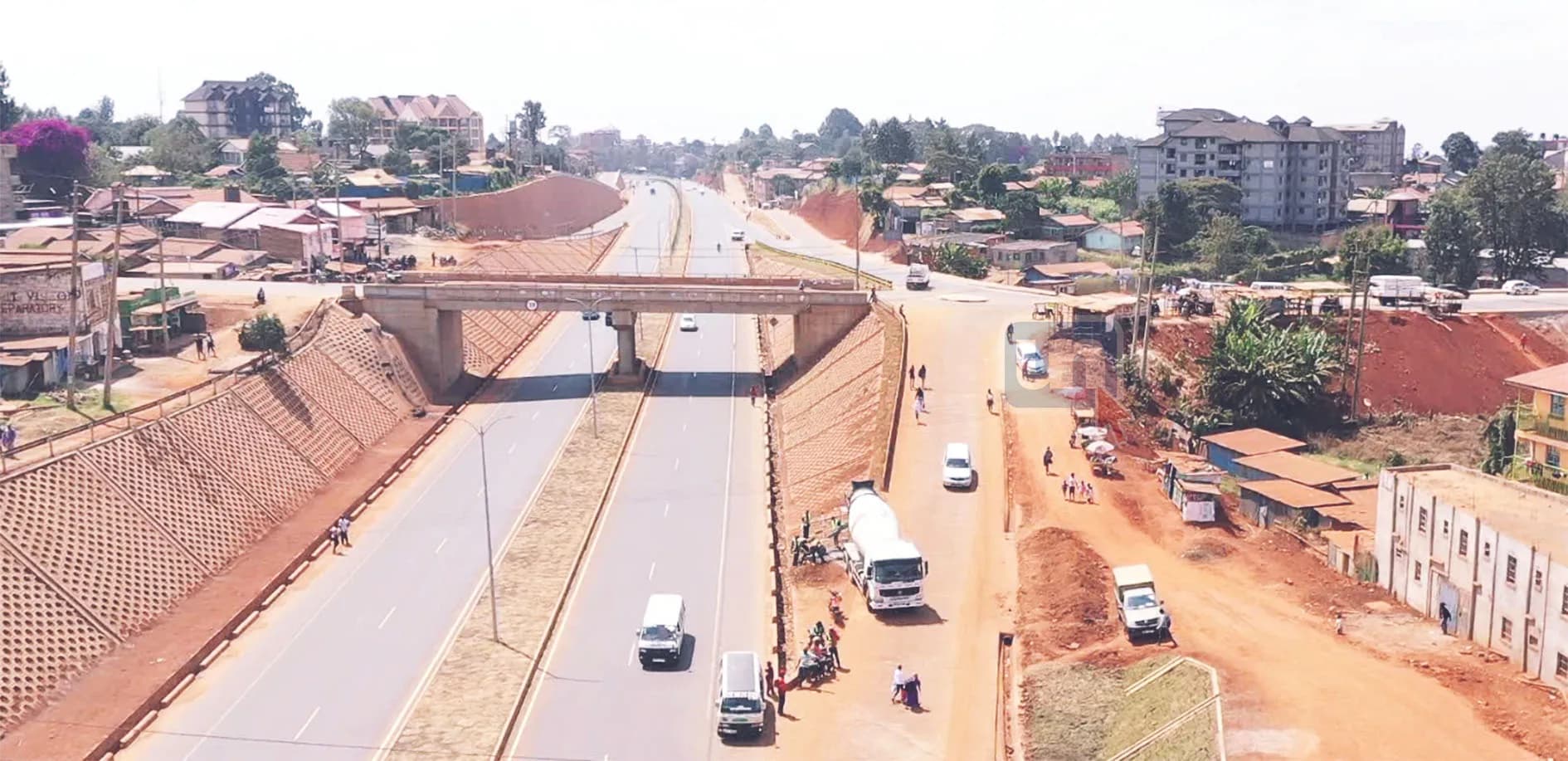We're loading the full news article for you. This includes the article content, images, author information, and related articles.
Construction has begun on the Greenpark Terminus Pedestrian Underpass, a 500-metre Beijing-inspired walkway at Haile Selassie Avenue and Uhuru Highway designed to protect pedestrians, improve traffic flow and complement other major road projects aimed at easing Nairobi’s congestion.

Nairobi, Kenya – August 8, 2025 — Nairobi’s perennial traffic congestion could soon be eased following the groundbreaking of the Greenpark Terminus Pedestrian Underpass Network, a transformative 500-metre underground walkway currently under construction at the critical junction of Haile Selassie Avenue and Uhuru Highway.
The project, led by the Kenya National Highways Authority (KeNHA), is envisioned as a state-of-the-art transit corridor that blends safety, accessibility, and commercial utility—offering a modern, 24-hour alternative for thousands of pedestrians navigating one of the city’s busiest intersections.
According to KeNHA, the Greenpark underpass draws architectural and functional inspiration from urban metro networks in Beijing and London, integrating essential urban amenities such as:
High-capacity escalators and lifts
CCTV surveillance and 24-hour security
Accessible design for persons with disabilities
Public washrooms and water tanks for hygiene and emergency use
Retail spaces to support micro-enterprises and enhance commuter convenience
“This is not just a tunnel—it’s an urban solution,” said a senior KeNHA engineer at the launch. “It blends mobility, commerce, safety, and dignity for all users.”
The underpass is one of several megaprojects underway to untangle Nairobi’s notorious traffic snarls. Among other developments:
A Sh3.58 billion elevated road near Junction Mall will replace the congestion-prone Ngong Road–Naivasha Road roundabout
A new viaduct linking Kenyatta Avenue directly to Ngong Road is under construction to streamline cross-city movement
Additional work continues on dualling major roads and expanding non-motorised transport infrastructureincluding walkways and cycle paths
These efforts align with the government’s larger Nairobi Integrated Urban Development Master Plan (NIUPLAN), aimed at creating a functional, inclusive, and resilient city for over 5 million residents.
Transport experts have hailed the Greenpark project as a game-changer for pedestrian safety, urban accessibility, and microeconomic stimulation.
“The integration of retail stalls in safe commuter zones boosts local entrepreneurship while offering secure, weather-protected routes for pedestrians,” said Dr. Lydia Achieng, an urban mobility analyst at the University of Nairobi.
The project is also expected to reduce jaywalking, lower accident rates, and minimise delays along key corridors that serve both matatus and private vehicles.
|
Key Benefit |
Impact on Nairobi |
|---|---|
|
Reduced pedestrian-vehicle conflict |
Fewer road accidents at busy junctions |
|
Improved traffic flow |
Frees up intersection bottlenecks |
|
Boost to informal trade |
Retail kiosks generate income and jobs |
|
Accessible public infrastructure |
Promotes inclusivity for the elderly and disabled |
|
Urban aesthetics and planning |
Aligns with global smart city standards |
Construction of the Greenpark underpass is expected to be completed by mid-2026, with phased accessibility opened to the public as early as Q1 2026. The project will act as a proof of concept for similar infrastructure at other traffic chokepoints in Nairobi, including Westlands, CBD peripheries, and areas around key transport terminals.
As Nairobi accelerates toward becoming a modern African metropolis, projects like Greenpark offer a glimpse into what is possible when design, function, and policy align in favour of the commuter.
Keep the conversation in one place—threads here stay linked to the story and in the forums.
Other hot threads
E-sports and Gaming Community in Kenya
Active 7 months ago
Popular Recreational Activities Across Counties
Active 7 months ago
The Role of Technology in Modern Agriculture (AgriTech)
Active 7 months ago
Investing in Youth Sports Development Programs
Active 7 months ago